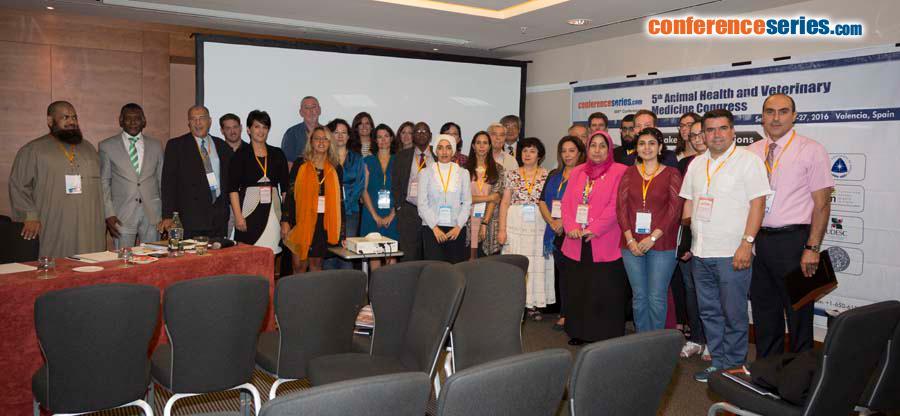
M T Musa
Ministry of Animal Resources, Sudan
Title: Brucellosis a chronic problem and difficult disease to control in Africa
Biography
Biography: M T Musa
Abstract
The General tred of the world today, is a continuous increase of human population and decrease of livestock numbers. FAO (2000) speculated that by the year 2020, the human population will reach 7.7 billion (increase by 26.2% from that in 2000), while the demand for animal protein will increase to 50%. Today a few countries in the world have vast arable land that can fill gabs of deficient in food supplies. Africa with a relative wide surface area and different water sources has agricultural potentialities and would fill gabs of food supply globally .However the continent suffers from major epidemic disease in the world that hamper its supplies of food to other parts of the world specially that of animal origin. Such epidemics include foot and mouth disease, PPR, Contagious bovine, Pleuropneumonia, Rift valley fever, Brucellosis etc. Brucellosis is a transboundary animal disease, zoonosis, infects different animal species, results in reproductive failure and barrier to trade. The disease was investigated by several investigators in Africa (Thimm and wvndt, 1976; Chuku, 1987; McDermott and Amiri, 2002; Musa1995; Musa et al. 2008; Ducrotoy et al., 2015) and was found wide spread over the whole continent and reached highest levels of prevalence without control measures. This work accounts, reasons for such a spread and role of different circumstances in dissemination of the disease. these include: a/ unawareness of animal owners to the impact of the disease b/ intensive animal movement specially north of the Equator c/ Animal husbandry practices d/ inability of African countries to control the disease to pave ways for its eradication because of technical and financial problems. Possible guidelines are suggested to control brucellosis in Africa by joint efforts of AU-IBAR, FAO, OIE, WHO and the African countries.






